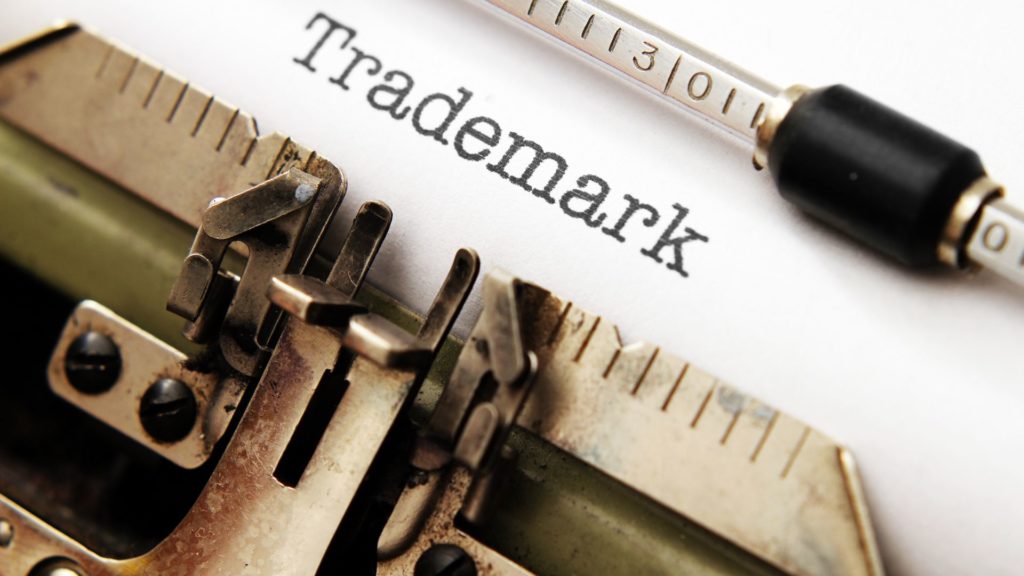
Recently, the United States Supreme Court agreed to hear a case in which Jack Daniel’s sued a dog toy company for trademark infringement. The case presents the Supreme Court with an interesting question regarding the intersection between free speech and trademark law. It also highlights how important trademarks are for businesses throughout America.
Trademarks can be valuable assets for businesses of any size. Having a trademark can protect your business’s brand from being used by competitors. If you are considering applying for a trademark, it is essential to know the different trademark types and the level of protection each provides.
Purpose of a Trademark
A trademark is a word, phrase, symbol, design, or any combination of the prior that represents a business, service, or product. The primary purpose of a trademark is to prevent companies from creating brand confusion in an attempt to gain a competitive edge.
What Types of Trademarks Are There?
There are four different kinds of trademarks. Distinct trademark types provide different levels of legal protection. The four types of trademarks are arbitrary or fanciful, suggestive, descriptive, and generic.
Arbitrary or Fanciful Trademarks
Arbitrary or fanciful trademarks provide businesses with the highest level of protection. For the law to consider a trademark arbitrary or fanciful, the trademark must be unique. In other words, the word, phrase, symbol, design, or combination must have been created for the use of the trademark holder. Words or names already in use are not arbitrary or fanciful.
Pepsi is a classic example of a fanciful trademark. Before Pepsi branded the name, the word Pepsi had no meaning. The term was truly distinctive and unique. As a result of the novelty and uniqueness of the word, no other company can make a reasonable claim that they accidentally infringed on the trademark. The word Pepsi exists only to identify Pepsi products.
Suggestive Trademarks
Suggestive trademarks do not receive the same level of protection as arbitrary or fanciful trademarks. However, they are still relatively well protected. To be considered suggestive, a trademark must have some connection to the product or service it represents without simply describing a characteristic. For example, the term four-wheeled would not be a suggestive trademark because it merely describes the vehicle’s number of wheels.
The term Charger is an example of a suggestive trademark. Though the word charger was already used when Dodge filed for the trademark, “Charger” implies that the car is fast without outright stating the trait.
Descriptive Trademarks
Descriptive trademarks provide the least amount of legal protection. Descriptive trademarks directly identify a trait of the product in some way. These types of trademarks can be difficult to register because many other products can share the same properties.
Sometimes descriptive trademarks can acquire a distinctive meaning over time through use by a company. The term Coca-Cola is an example of this. Coca-Cola is simply a cola made from coca leaves. The term is merely descriptive. However, over time the term became closely associated with a specific brand of drink.
Generic Trademarks
Generic trademarks can not be registered and receive no legal protections. Terms that simply name what a product is are generic.
An example of a generic trademark would be naming a line of ball cap products hats. The term hats just names what the product is. It would be unfair to allow a single company to own the use of the term.
Contrast hats with the term Lids. While lids describe objects that cover something, people did not traditionally use it in connection with hats until the company Hat World Inc. trademarked it. Now, any use of the term lids used commercially in connection with hats would violate the trademark.
Importance of Protecting a Trademark
Once you have a trademark registered, it is critical to protect it. The concept of genericide describes a process where a once-protected trademark becomes generic over time. Usually, genericide happens when a trademarked term starts to represent an entire category of products.
The term zipper is an example of genericide. At one point, zipper represented a specific brand. Merely five years after the trademark was granted, B.F. Goodrich was no longer able to maintain the trademark. This loss was due to the wide use of the term zipper to describe every type of clasp locker.
Any type of trademark can fall victim to genericide. Fiercely protecting your trademark, like Jack Daniel’s suing a dog toy company, may seem extreme. However, fierce protection may be necessary to avoid genericide.
BrewerLong Can Help
If you need help registering a trademark or protecting one that already exists, BrewerLong can help. Our experienced attorneys share the goal of providing an outstanding customer experience. We give every client the close personal attention they deserve so we can provide clear and practical guidance through their most complicated legal situations. Contact BrewerLong today, and we will focus on the law so you can focus on your business.
This blog post is provided on an “as is” and “as available” basis as of the date of publication. We disclaim any duty to update or correct any information contained in this blog post, including errors, even if we are notified about them. To the fullest extent permitted by law, we disclaim all representations or warranties of any kind, express or implied with respect to the information contained in this blog post, including, but not limited to, warranties of merchantability, fitness for a particular purpose, title, non-infringement, accuracy, completeness, and timeliness. We will not be liable for damages of any kind arising from or in connection with your use of or reliance on this blog post, including, but not limited to, direct, indirect, incidental, consequential, and punitive damages. You agree to use this blog post at your own risk. Regarding your particular circumstances, we recommend that you consult your own legal counsel–hopefully BrewerLong.


